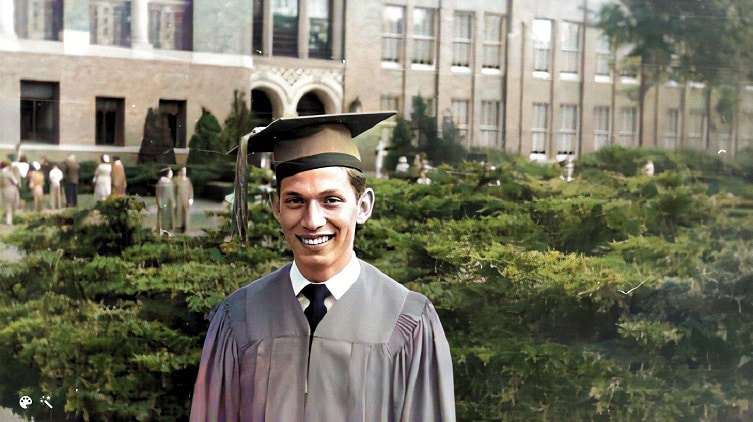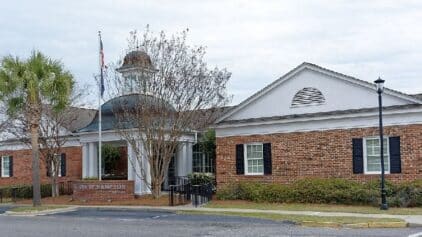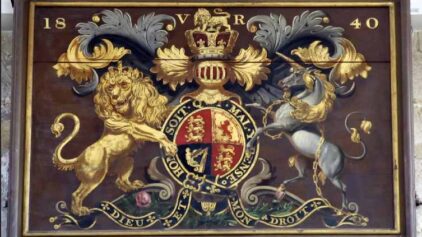

Graduation ceremonies are filled with time-honored traditions, from the cap and gown to the celebratory tossing of hats into the air. But have you ever wondered where these rites come from? Let’s dive into the fascinating historical reasons behind popular graduation traditions.
The cap and gown: keeping warm in medieval Europe
The tradition of wearing a cap and gown, known formally as academic dress, dates back to medieval universities in Europe. At that time, most scholars were also clerics or studying to be clerics. Traditional clerical attire included long gowns and hoods that helped students keep warm in the unheated buildings. Over time, this attire evolved into a recognized symbol of academic achievement.
The tassel: an American tradition
The tassel that adorns the graduation cap, or mortarboard, is more than just a decorative accessory. Its position — right or left — signifies a student’s transition from candidate to graduate. A tradition developed in American schools for students to move their tassels from the right side to the left side of their caps upon receiving their diplomas.
The class ring: roots in ancient history
The class ring, another beloved graduation tradition, has its roots in ancient history. The Egyptians, Greeks, and Romans all wore rings engraved with symbols as a sign of membership in a particular group. The tradition was adopted by American universities in the 19th century, with students wearing rings engraved with the school’s emblem and their graduating year.
The diploma: parchment certificates in the Middle Ages
The tradition of receiving a diploma at graduation dates back to the Church in the Middle Ages, when parchment certificates were given to prove that a religious office had been conferred. The practice carried over into academia, with universities bestowing diplomas as proof of earning a degree.
Tossing the graduation cap: a naval custom
One of the most iconic graduation traditions is the throwing of the graduation cap into the air at the end of the ceremony. This custom began at the U.S. Naval Academy in 1912, when newly commissioned ensigns threw their midshipmen’s caps into the air to celebrate their graduation. The tradition quickly spread to other institutions.
Did your own ancestors observe these traditions, or some form of them? You may be able to find out fascinating details about their experiences at school in the MyHeritage Yearbook Collection.
Yearbooks can provide a unique glimpse into their personal stories, revealing their involvement in sports teams, clubs, or academic achievements. You might even get to see their youthful faces in class photos, or read words they wrote in their younger years. With yearbooks, you can connect to a part of your ancestors’ lives that may have been forgotten over time, enriching your understanding of your family history.









